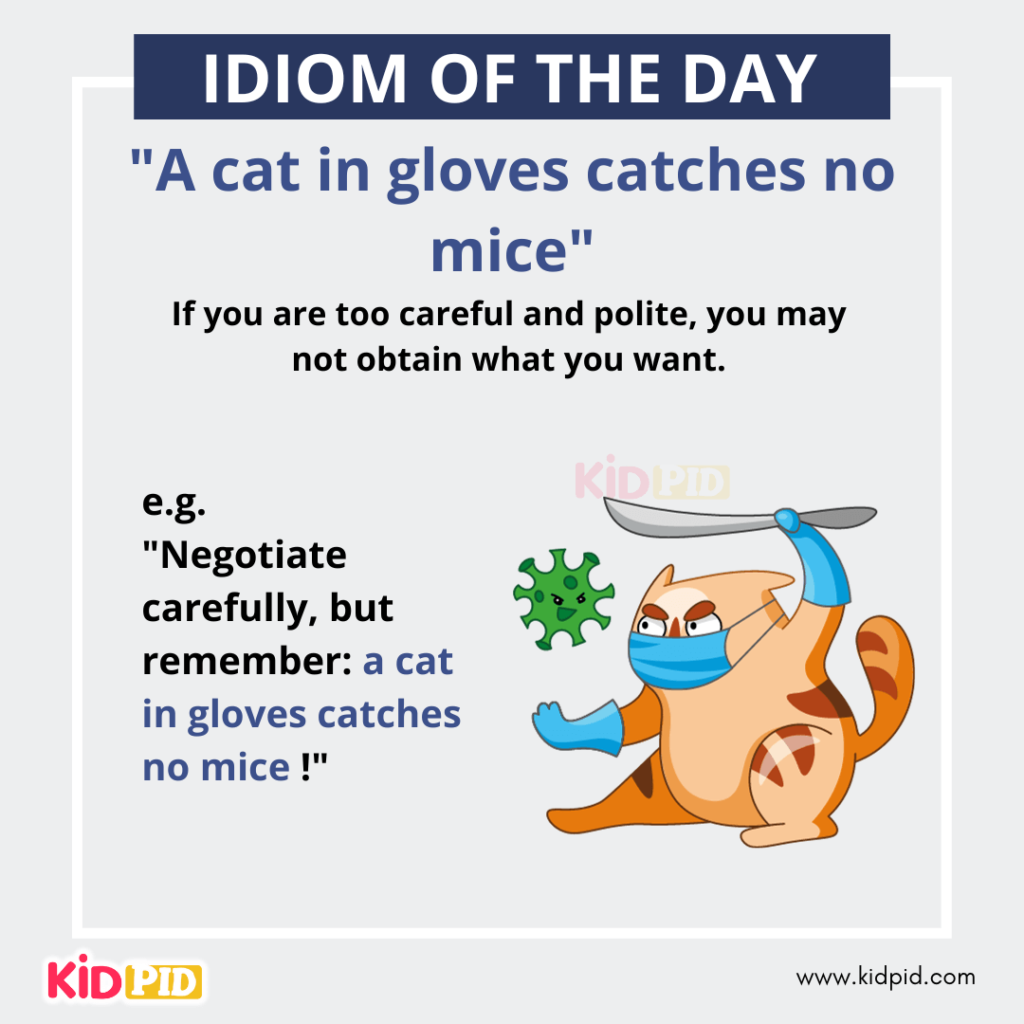Why does sugar taste sweet?

Have you ever heard the saying “as sweet as sugar”? Among different tastes, the taste of sugar is termed sweet. But have you ever thought, how our brain can detect taste and identify it?
- As soon as we put a morsel of food in our mouth it starts getting mixed with saliva during chewing.
- The food particle mixed with saliva comes in contact with papillae present on the upper layer of the tongue.
- The taste captured by papillae is sent to the brain as a message.
- It is then processed by the brain, and we get the knowledge of the taste present in our mouth or the type of food we have eaten.
Contents
There are five tastes acknowledged by our taste receptors:
- Sweetness.
- Sourness.
- Savoriness.
- Bitter.
- Salty.
What are taste receptors, taste buds and papillae?
1. Papillae-
- The tongue is covered by thousands of tiny bumps, called papillae.
- They are visible to the naked eye also.
- These papillae consist of taste buds and temperature sensors.
- Filiform papillae do not contain any taste buds.
2. Taste buds-
- There are hundreds of taste buds present in each papilla.
- Taste buds contain some cells which are known as taste receptor cells.
3. Taste receptors-
- They are also called gustatory cells.
- They are located around small structures such as papillae present on the upper surface of the tongue, cheek, epiglottis (a lid type structure that prevents food and water from entering the windpipe), soft palate (it is a muscular part that is present behind the roof of the mouth), the upper part of oesophagus (food pipe).
- All these structures are capable of detecting taste.
Fun Facts:
- Taste buds have an average life span of seven to ten days. However, consuming hot food or drink that can burn your tongue can result in the killing of taste buds.
- The number of taste buds present in every human being is different.
- Food becomes unappealing when we have a stuffy nose because any kind of flavour is a combination of both tastes as well as smell.
Additional Questions:
- What are the types of papillae?
- Which nerve carries the taste message to the brain?
- Why spicy is not one of the taste to be acknowledged by the taste receptor?
True or False:
- The sense of taste is a part of the sensory system of the human body.
- There is total six taste which is recognized by taste receptor.
- Sugar is sour in taste.
- Taste buds are present within the taste receptor.
- Taste receptor cells are present only on the surface of the tongue.
Objective Quiz:
- The tiny bumpy structures present on the upper part of the tongue is known as _________.
-
- Papillae.
- Taste receptor.
- Taste bud.
- None of the above.
- Taste receptor cells are found in __________.
- Taste buds.
- Papillae.
- Salivary glands.
- All of the above.
- Taste receptor cells are also known as __________.
- Gustatory cells.
- Gestation cells.
- Digestive cells.
- Somatic cells.
- There are _________senses of tastes that are acknowledged by our taste receptor cells.
- Five.
- Six.
- Four.
- Seven.
- __________ of the given taste is not recognized by our taste receptor.
- Spicy.
- Sweet.
- Sour.
- Salty.






Responses